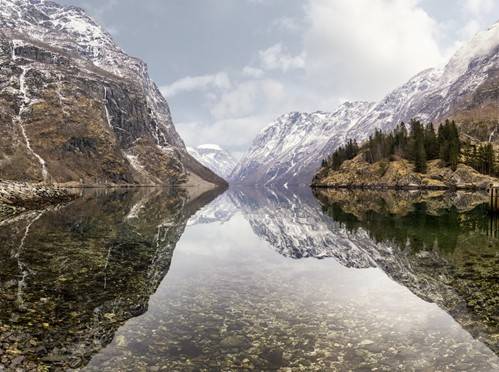Gear used to summit the impressive mountain ranges across the world has changed a great deal over the past few decades. It’s incredible to think there were mountaineers climbing Mount Everest using elementary equipment. Today, even if you aren’t climbing the tallest peak on the globe, you can expect to spend hundreds or even thousands of dollars on modern climbing gear.
In Colorado, the ranges are plentiful. However, both experienced and novice climbers will need to invest in the right equipment and ensure they have an appropriate storage method for all their belongings.
Know the mountaineering in your area
The items you will need depend mostly on the ranges you plan to climb. Different mountains may require different types of gear. In addition, the time of year you decide to make the trek can also impact your needs a great deal. For example, Salida.com noted the north ridge of La Plata Peak, the fifth highest mountain in the U.S., is a destination for those who enjoy more technical climbing.
For some mountains, you can cross the ridge after summitting one peak and head to the next. Partaking in this type of climbing means, you’ll need to invest in additional equipment to ensure your safety.
Once you determine your course, speak to a professional at an outfitters store to determine what equipment is best for your adventure.
Beginning at the base
If you are someone who is just starting your first adventure as a mountaineer in the great state of Colorado, there are a number of factors you should consider. Preparing to ascend a mountain requires a bit of research and the purchase of quite a bit of gear, noted 5280 Magazine.
When you begin, you’ll likely start your adventure on a slightly less complicated peak. Some items you will need to invest in when embarking on your first mountain include:
- Layers of clothing made for wicking
- Sturdy cross-trainers or hiking boots
- Maps
- Compass
- First-aid kit
- Watch
- A day pack for climbing
- Food and water
- Sun protection
- Headlamp
As you continue to tackle higher and more complicated ranges, your collection of climbing equipment will increase.
Camping along the trail
Should you decide to incorporate camping into your adventure, you will want to reach out to the nearby Department of National Resources office to ensure you set up your campsite only where it is allowed.
Camping during your hike is a great way to connect with your natural surroundings and break up the especially challenging treks. According to USA Today, the fragile high-altitude terrain means there are special precautions you will want to take when camping. For example, weather changes very rapidly at higher altitudes, so you’ll want to have equipment for just about any condition. Snow can fall above 9,000 feet at any time during the year, and afternoon thunderstorms are especially common during the summer months.
Posting up at a higher altitude can often have a negative impact on the health of individuals who spend more time at sea level. Altitude sickness may occur and some symptoms include:
- Dizziness
- Loss of appetite
- Trouble sleeping
- Fatigue
- Headache
- Shortness of breath
To combat these side effects, you should rest and drink plenty of water. However, if you experience mental confusion or are unable to breathe while resting, it may be necessary to climb to a lower altitude and seek medical attention.
“As you continue to tackle higher and more complicated ranges, your collection of climbing gear will increase. “
Be respectful of the wilderness
Whether camping or climbing, make sure you don’t leave a trace of your presence in the environment. This is especially important once you break the tree line. Many conservation initiatives emphasize the importance of minimizing the impact humans leave behind, so respecting this movement is critical.
While at higher altitudes, you may see different types of wildlife. From mountain goats to bighorn sheep, the different animals living in this eco-system are truly amazing. However, you must also be respectful of these creatures.
This is especially true of bears. During warmer months, bear activity often increases. Read all posted signs and obey the instructions. You may also want to invest in bear-resistant food containers.
If you bring along pets for the adventure, don’t allow them to chase or taunt wildlife either. Keep them on a leash unless they are well-trained.
Find a storage solution
With so much expensive equipment for climbing this season, you may want to also invest in storage. Renting a storage unit at one of SecurCare’s many Colorado locations is affordable for all mountaineers. From storage locations in Pueblo to Fort Collins storage facilities, SecurCare is ready to meet all of your Colorado storage needs throughout the year.
Head to a local SecurCare Self Storage facility today and speak with one of our friendly managers about available storage units and pricing.
